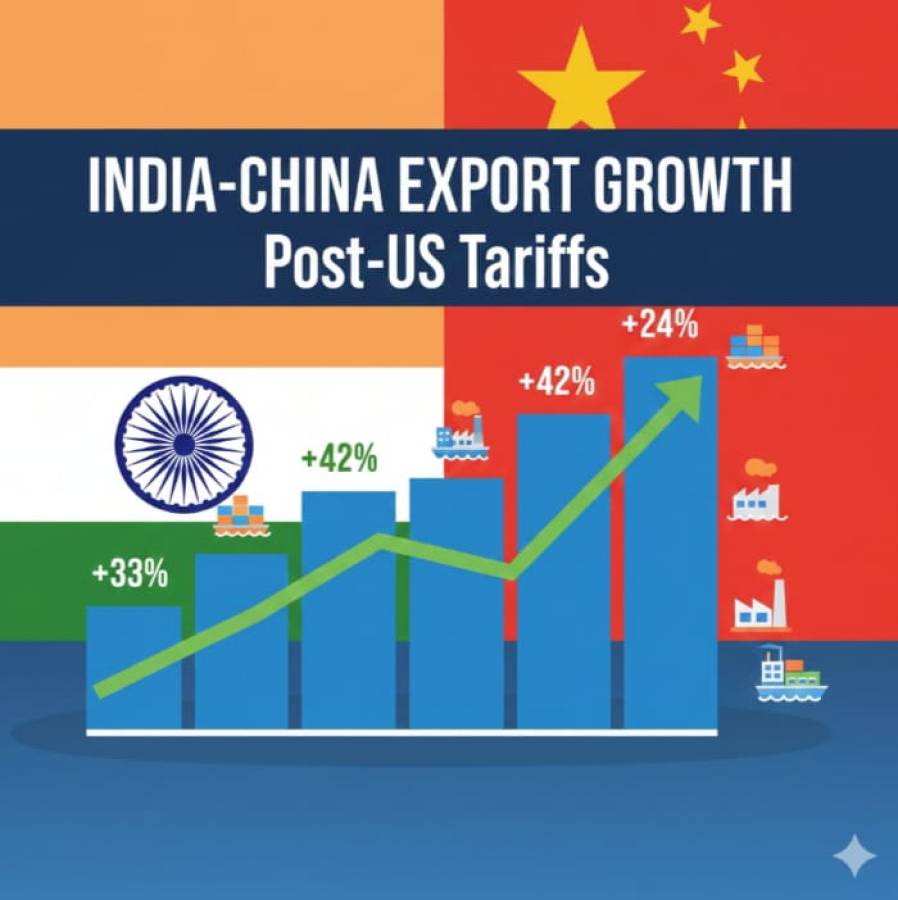
A legal storm has erupted in the global technology sector as Indian IT major Hexaware Technologies finds itself at the center of a massive $500 million patent infringement lawsuit in a New York federal court. The case, filed by US-based software firm Nasoft, alleges breach of contract, misuse of intellectual property, and unauthorized deployment of patented technology, striking at the very foundation of Hexaware’s credibility in international markets.
The heart of the dispute lies in software technology originally developed by Verasaw, a US-based company. Nasoft acquired nine of Verasaw’s patents in 2014. Two years later, Hexaware purchased Verasaw for approximately $100 million. Nasoft now contends that Hexaware unlawfully incorporated the same patented technology into its IT service platforms, application development tools, and enterprise solutions without securing a proper license or offering compensation. The lawsuit alleges that this infringement not only gave Hexaware a competitive advantage but also allowed it to expand its portfolio on the back of intellectual property it does not own.
The Anatomy of a High-Stakes Claim
Nasoft’s complaint is ambitious in scope. The company is seeking at least $500 million in damages, a figure that it claims represents the minimum losses incurred. But the financial demand does not end there. The firm is also pressing for interest, court costs, and punitive damages that could potentially triple the total award if the court finds Hexaware guilty of “willful infringement.” That term is crucial—if proven, it means Hexaware either knowingly exploited patented software or ignored clear warnings that its actions violated intellectual property law.
The filing further claims that Hexaware’s $100 million investment in developing new tools was not innovation but repackaging. According to Nasoft, the Indian IT company simply disguised or modified existing software that falls under its patents and attempted to present it as proprietary. The lawsuit therefore paints a picture not of accidental overlap but of deliberate circumvention of licensing rules.
Hexaware’s Response
The complaint outlines 13 counts, ranging from breach of contract to patent infringement, trademark misuse, and unfair competition. Yet Hexaware has pushed back strongly. While some early reports suggested silence, the company and its legal team have since issued statements rejecting the charges.
According to Hexaware, the lawsuit is overstated, and as of now, the firm has not officially received any complaint or regulatory notice. Its defense rests on the claim that its current tools and technologies are the result of independent research, development, and investment. The company insists that it has not simply copied or replicated Nasoft’s assets.
Final Take
For Hexaware, the lawsuit represents a dual threat. Financially, a settlement or judgment in Nasoft’s favor could drain resources and dent profitability. More importantly, the reputational fallout could harm client trust and future business prospects in North America and Europe, where strict intellectual property compliance is non-negotiable.
The global IT industry is watching closely. Intellectual property remains its most valuable currency, and this case highlights the importance of rigorous due diligence during mergers, acquisitions, and product development. A ruling against Hexaware could set a precedent that reshapes the way technology firms handle patent portfolios.
As the case moves through the US legal system, its outcome could redefine not only Hexaware’s trajectory but also the standards of accountability across the IT outsourcing industry.





















